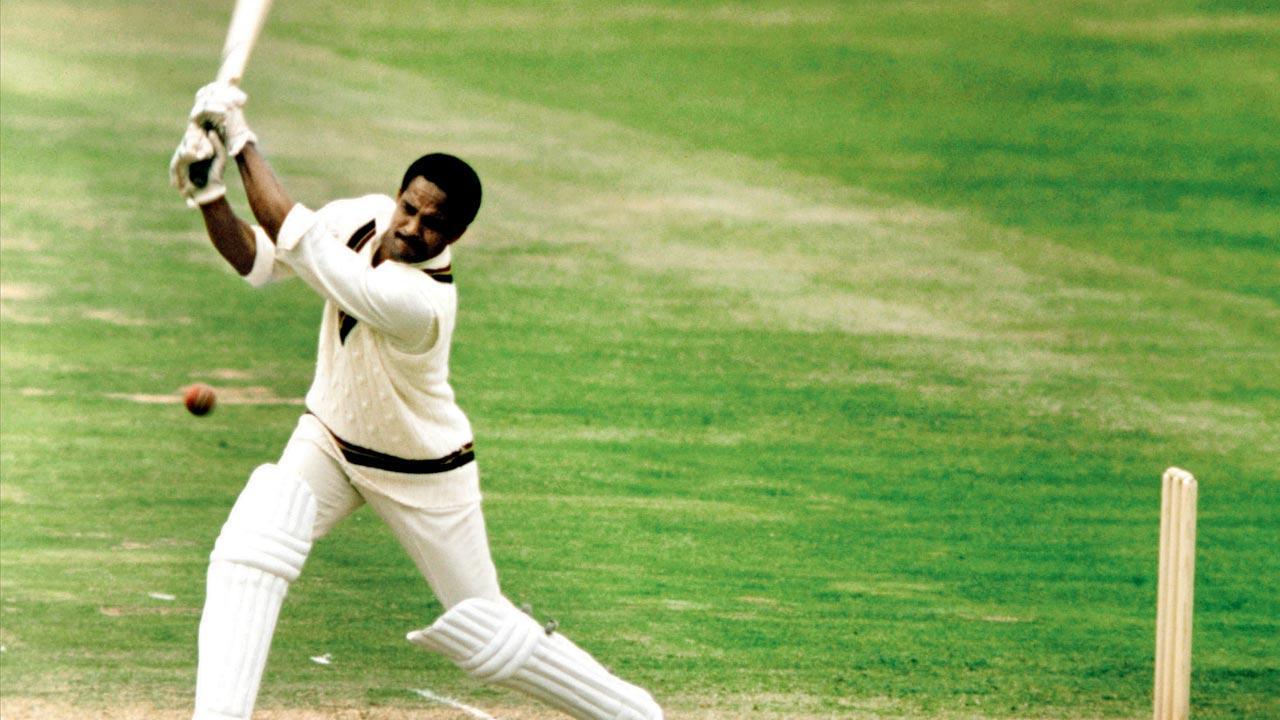By any stretch of cricketing imagination, this wasn’t the kind of theatre Test cricket needed. Day Three of the third Test between India and England had all the ingredients of a classic—except, of course, logic. Or perhaps, a team huddle that didn’t resemble a kindergarten picnic.
Let’s start with the Washington Sundar saga. Watching the final-wicket pair was painful enough, but Sundar’s baffling refusal to rotate strike—especially while batting with Jasprit Bumrah—was a masterclass in… what, exactly? Arrogance? Misinformation? A deep-seated belief that Bumrah and Siraj were somehow allergic to leather? Has Sundar not noticed that even Akash Deep hit Jofra Archer for a six?
Was there a celestial prophecy that foretold both tailenders would perish on the first ball they faced? One would think the apocalypse was imminent if Bumrah so much as touched the crease. And yet, there stood Sundar, channelling the spirit of Don Bradman—only with the match awareness of a garden gnome—blocking away singles as though India were ahead by 200, not tied at 387.
This brings to mind a legendary Test in England—when Garry Sobers led West Indies and chose faith over fear. With the scoreboard wobbling, Sobers backed his No.10, Charlie Griffith, a feared pacer, to play his shots. The result? A 100-run partnership for the last wicket. What does that tell you? Sometimes, trusting your tailenders is better than treating them like porcelain dolls.

So naturally, the burning question: Was Sundar freelancing this farce, or did it come with directorial notes from the dressing room? If so, who’s the mysterious strategist behind this master plan? And more importantly, why haven’t they been suspended for a breach of common sense?
India, in dire need of a psychological edge and a sliver of a lead, managed only a deadlock. And not the “epic-2005-Ashes” kind of tie. This was more like a badly-knotted school tie that chokes your momentum and your IQ.
As if that wasn’t dramatic enough, in walked Act Two—starring Zak Crawley as the wounded warrior. With one over left before stumps, Crawley suddenly discovered his inner Shakespeare. A ball struck the middle of his bat, yet he clutched his hand like it had been hit by a meteorite.
Jasprit Bumrah, never one to miss a performance, responded with a slow, sarcastic round of applause—possibly the most theatrical moment since Ravi Shastri popped a champagne cork in 1985.
Then there was Shubman Gill—usually the personification of composure—fuming like a pressure cooker left unattended. And thanks to the ever-helpful stump mic, we were treated to Gill’s boiling frustration as India watched a potential late wicket dissolve into farce. “Six minutes, two overs… a no-brainer,” KL Rahul later said. England turned it into a PhD thesis.

Enter Tim Southee—England’s freelance bowling consultant and part-time deadpan sniper—who couldn’t resist tossing a jab when asked about Crawley’s “injury.” “Yeah, he’ll be assessed overnight. Hope he’s alright to carry on tomorrow,” he smirked, with Oscar-worthy concern.
He even took a swipe at Gill, reminding reporters that the Indian captain himself was getting a massage on the field the previous day. Bravo. Nothing says moral equivalence like comparing a mid-game cramp rubdown with a batsman auditioning for a soap opera.
KL Rahul, in his diplomat mode, called it “theatrics.” Let’s be real—it was less cricket, more General Hospital. And while gamesmanship isn’t new to the sport, this was not cheeky. It was cowardly. Especially from a team that preaches “Bazball or bust.”
But circling back—why did Washington Sundar play like he was in his backyard, with no fielders and only his shadow for company? Why did he rob India of those priceless runs? Who whispered into his ear that taking singles was a sin punishable by collapse?
Cricket lovers—the real ones, not franchise-fickle fans—deserve answers. Because losing a wicket is forgivable. Losing your nerve is understandable. But losing your common sense?
That’s the real tragedy.





